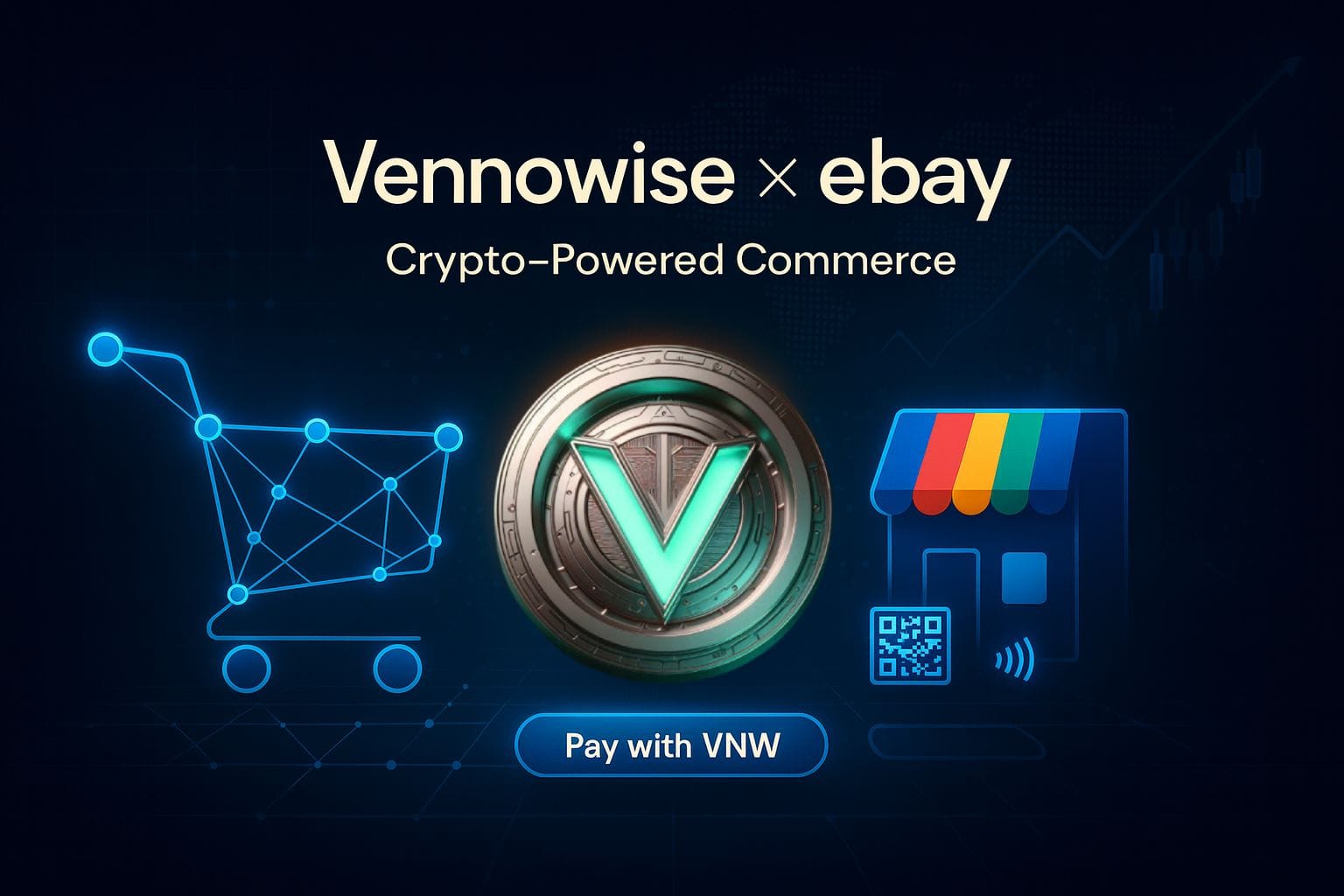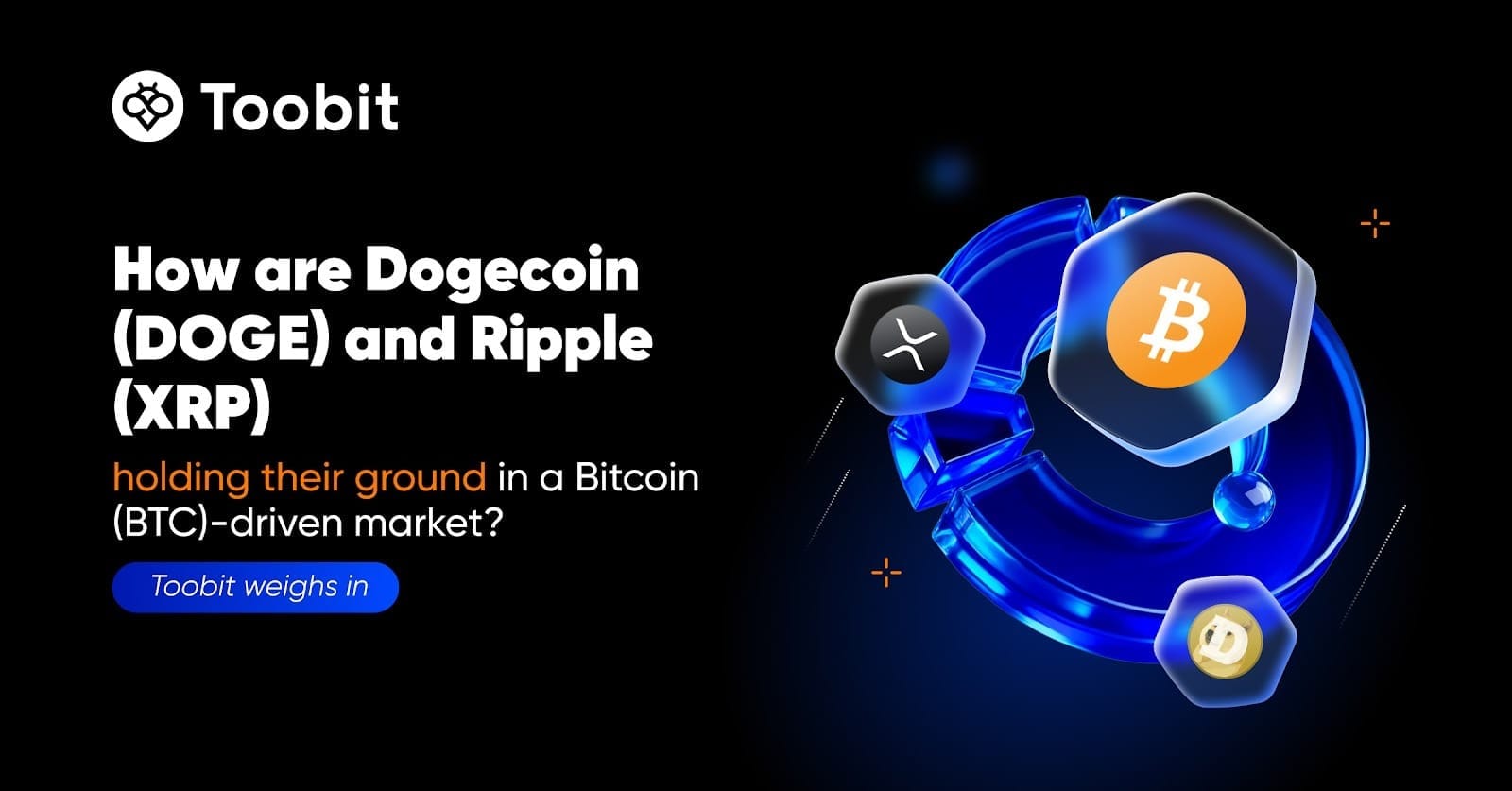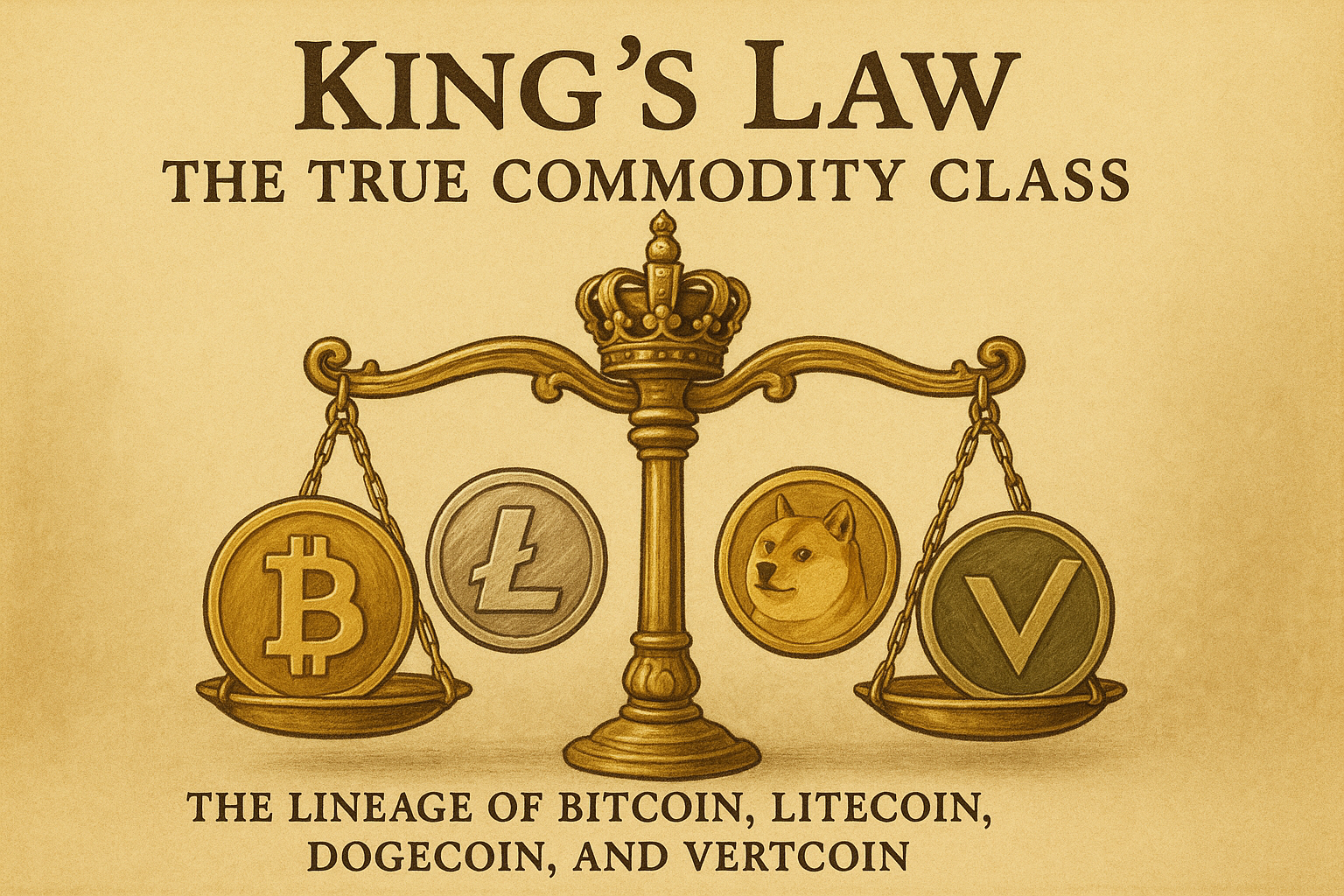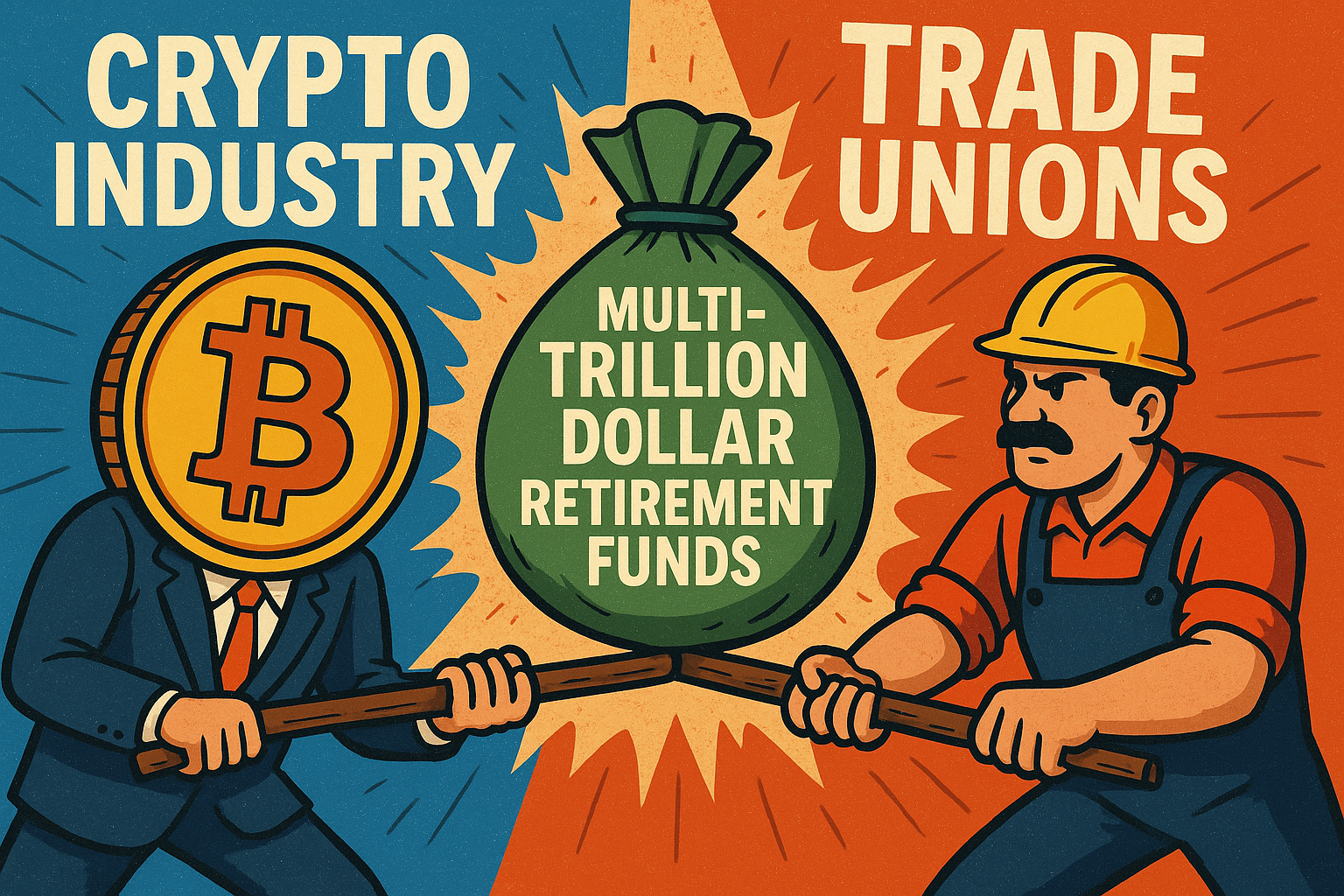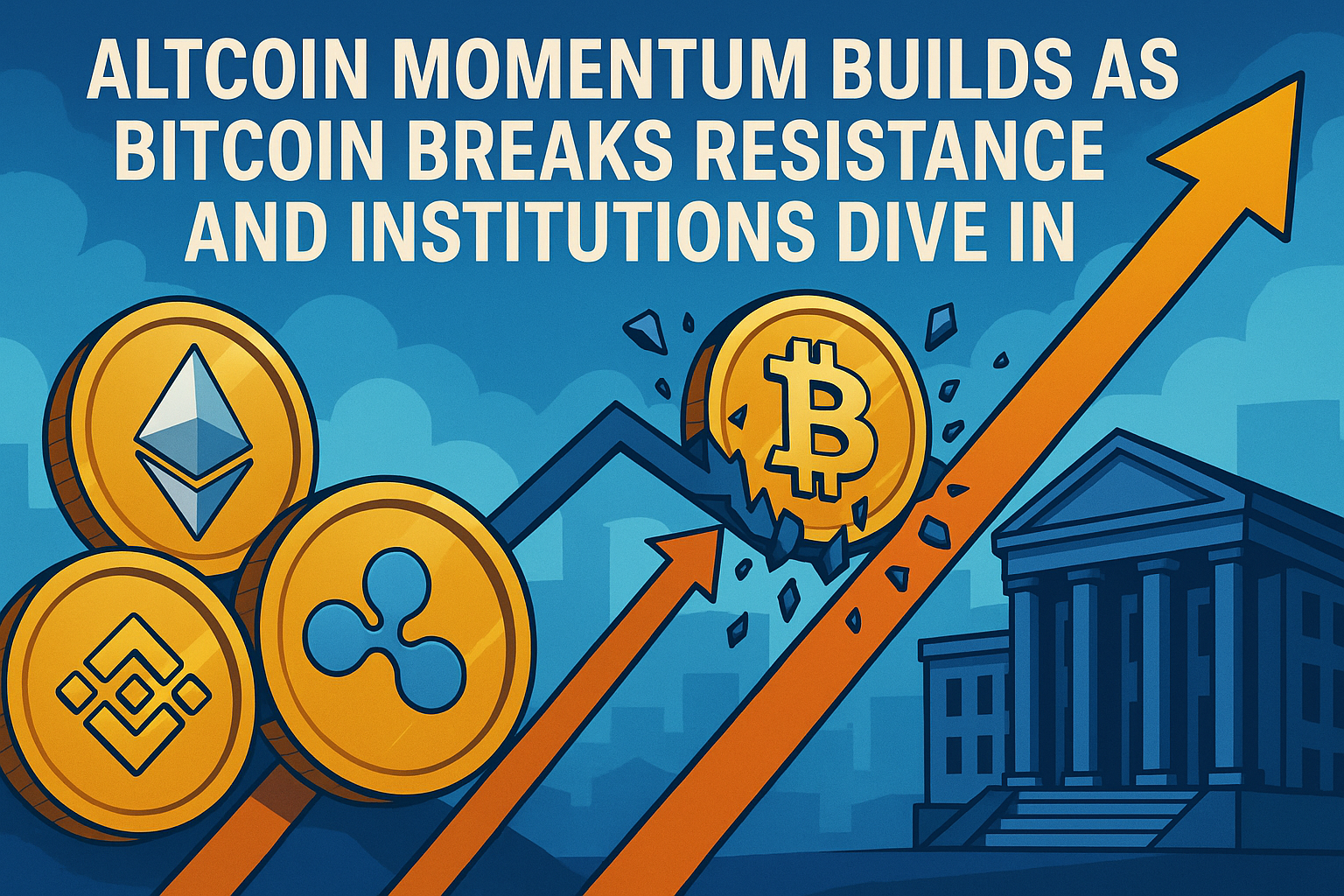Table of Contents
In the ever-expanding world of cryptocurrencies, altcoins have emerged as a popular alternative to the dominant Bitcoin. With thousands of altcoins on the market, it can be difficult for investors to determine which ones are worth their attention. One way to identify promising altcoins is by tracking the investments of crypto whales – individuals or entities that hold a significant amount of a particular cryptocurrency.
In this article, we will explore some of the hottest altcoin tokens that whales are currently stocking up on.
What are Altcoin Tokens?
An altcoin token is a cryptocurrency that's not bitcoin. Altcoins are part of the broader cryptocurrency market and can be traded on exchanges like any other digital asset.
Altcoins are often thought of as "alternatives" to Bitcoin due to their use cases and technological differences from Bitcoin, but there's no hard definition for what makes them an "altcoin" versus a regular cryptocurrency like Ethereum or XRP.
What Are Crypto Whales?
A whale is a person or group of people who own large amounts of cryptocurrency. They are also known as "crypto whales" or simply "whales".
Whales make their money from the difference between what they buy and sell, just like any other investor.
Whales have several advantages over regular investors:
- they can buy/sell large amounts without moving the market;
- they don't need as much liquidity;
- they can short-sell coins which means earning money even when prices go down;
- Finally, whales control most major exchanges so they can manipulate prices however they want.
How do Whales Manipulate Crypto?
Whales, or large holders of a cryptocurrency, can manipulate the market by buying and selling large amounts of a coin. These whales are often called "whale traders" because they're so powerful that their actions can move the entire crypto ecosystem.
Whale traders aren't necessarily malicious--they're simply looking out for themselves and making sure they have enough money to survive in case something goes wrong with their investment portfolio.
However, it's important to note that these traders don't always have good intentions: some whales may be trying to manipulate crypto prices, such as Bitcoin Ethereum or USDC price by creating fake volume on certain exchanges or paying off smaller players in order to gain control over them.
Crypto Whales Defend The Graph (GRT) at the $0.10 Support
The crypto market has seen some major changes in the last few weeks, with Bitcoin price live dropping below $4,000 for the first time since October 2018. But despite this drop in value, we've also seen a massive influx of new investors and traders entering the space. As more people enter this market and start investing their money into cryptocurrencies like Bitcoin or Ethereum (ETH), there will be plenty of opportunities for whales to manipulate prices by buying large amounts of tokens at low prices--or selling off their investments when they think it's going too high.
Lido DAO (LDO) Whales Front-Running the Shapella Upgrade Success
The Lido DAO (LDO) mainnet launch is going to be a big deal, as it's one of the first major Ethereum-based tokens to launch on its own blockchain. The project has already generated excitement in the crypto community and has been covered by several major news outlets including Forbes and Coindesk. The token supply will be capped at 150 million coins, but there will also be an additional 50 million LDO created via staking rewards over time.
Crypto Whales Cohort Remain Undeterred Despite Litecoin (LTC) Struggles
Despite Litecoin (LTC) struggles, crypto whales cohort remains undeterred. In fact, it's possible that they're buying up even more LTC than ever before.
The price of Litecoin has fallen nearly 50% over the past three months and is down 15% in 2019 alone. Its market cap sits at about $4 billion, down from its all-time high of $13 billion in early January 2019. However, according to data from Whale Alert--a Twitter account that tracks large purchases made by cryptocurrency whales--some investors are still optimistic about Litecoin's future prospects despite its recent struggles:
Optimism (OP) Whales Remain Positive Despite Sideways Price Action
It's been a wild ride for the price of Optimism (OP). The token has seen some significant highs and lows in recent months, but it seems to be settling into a relatively stable range.
The past week has been especially uneventful for this altcoin, as its value has remained relatively stable at around $0.13 per OP token since April 1st. While this isn't necessarily good news for investors, it does indicate that whales are confident enough in their investments to hold them until they see more promising opportunities arise.
Toncoin (TON) Whales Are Back in Action
Toncoin is a stablecoin that's backed by fiat currency and gold. This means it can be used as a reliable store of value, which makes it an appealing option for investors looking to hedge against volatility. Toncoin whales have been back in action lately--and the coin has seen some big price jumps since the beginning of 2019.
The market cap on this ERC-20 token currently stands at $3 million USD, with over $2 million traded daily on Binance alone.
How to See What Crypto Whales are Buying?
It's important to remember that not all whales are bad. In fact, many of them are actually helping the cryptocurrency market by buying up tokens and keeping them stable in price. That being said, you should still be aware of what they're doing--and there are several ways you can do so.
- One way is through a site called Whale Alert which tracks movements in crypto markets as well as any large purchases or sales by major players in the space (like Coinbase). This is useful because it gives you an idea of what whales are doing right now and how much money they're putting into specific cryptocurrencies.
- Another option is CoinMarketCap's "Altcoin Market Capitalizations" page which lists each altcoin according to its market cap (i.e., total circulating supply multiplied by price). This allows users who aren't interested in following specific coins closely enough yet still want an overview of what's going on with various coins' prices over time without having to visit multiple different sites every day. However, since this page doesn't show individual transactions between buyers/sellers directly (only aggregated data), some may find other resources more useful depending on their needs/interests
Conclusion
In conclusion, we can see that there are many ways to find out what crypto whales are buying. You can use a tool like CoinMarketCap to search for specific coins, or you can go straight to the source by checking out Twitter accounts like Whalepool and Whale Alert. However you decide to do it though, just remember that these whales have a lot of money--so it's important not only for them but also for us regular folks who want to invest wisely too.

